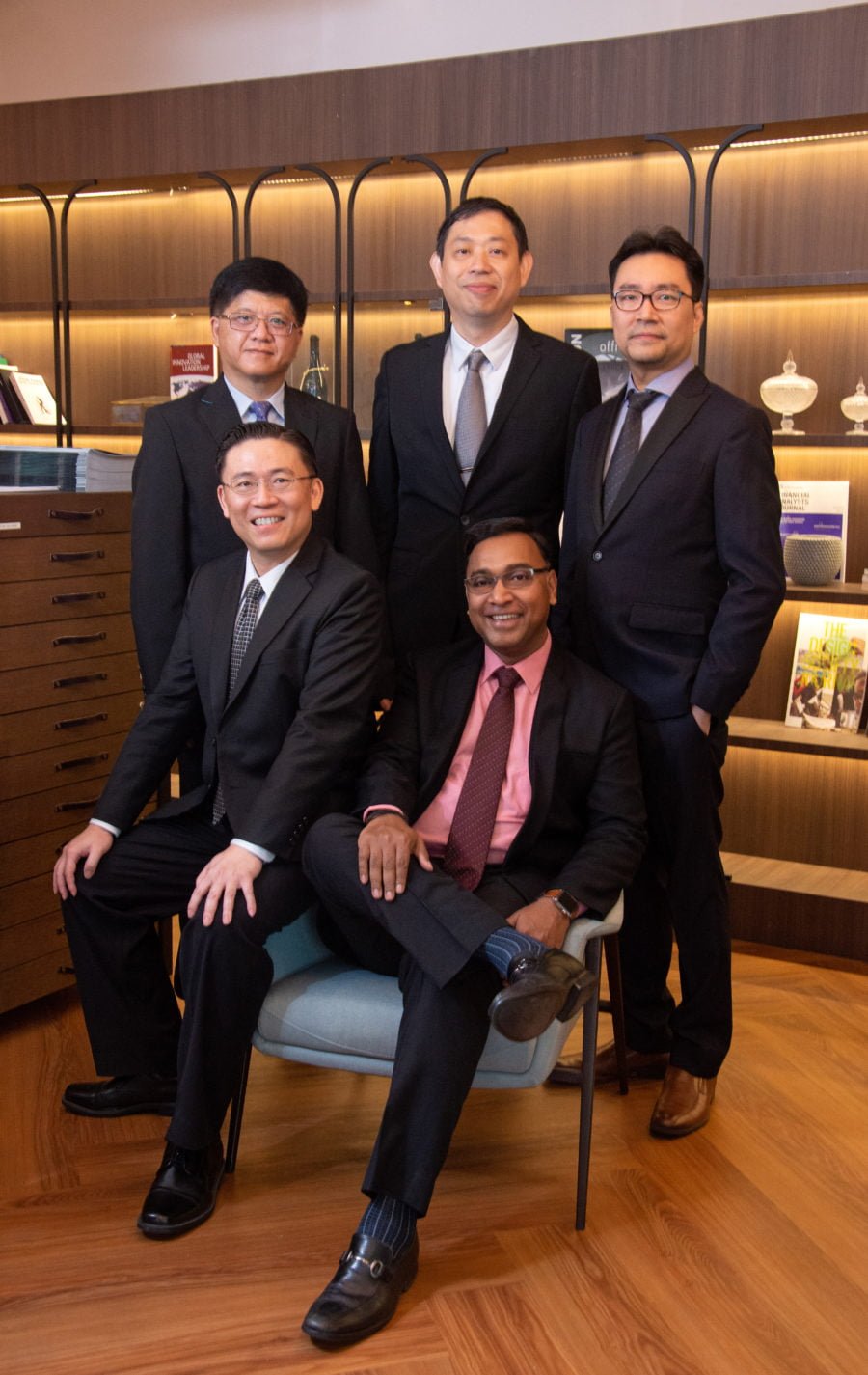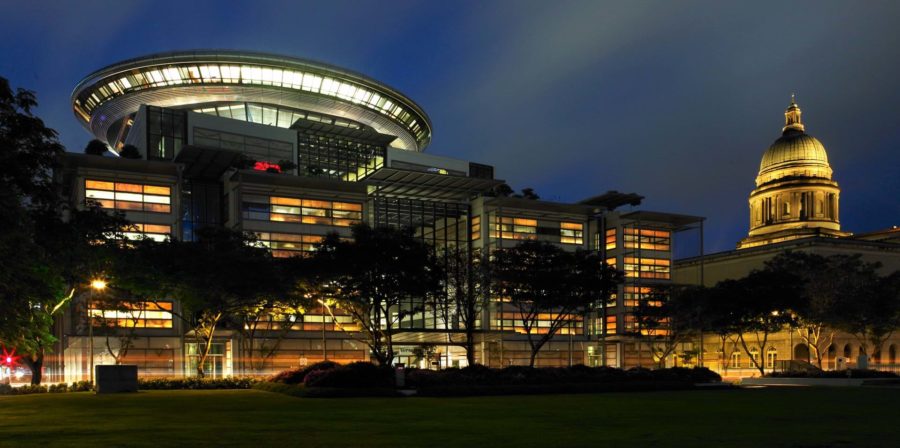Written by Marc Chia | Edited by Amelia Chew
Rajah & Tann Technologies (R&T Technologies), the dedicated tech arm of Rajah & Tann Asia recently completed its acquisition of LegalComet for an undisclosed sum.
Rajah & Tann has long been one of the leading law firms in Singapore. In more recent times, the firm has begun exploring the delivery of tech-augmented legal services, most notably through the setup of Rajah & Tann Technologies in 2017. This move has placed Rajah & Tann alongside prominent international names such as Linklaters and Allen & Overy, both of which are recognised for their strong innovation efforts. Linklaters and Allen & Overy have set up incubators in order to nurture and work alongside legal tech startups to change the business of law.
In contrast, R&T Technologies’ current model of operations is not based on incubation of startups but rather acquiring and offering capabilities in legal tech itself. The team has identified six key areas of expertise: Data Breach Readiness & Response; Cybersecurity; Virtual Law Academy; E-Discovery; LegalTech; and RegTech. R&T Technologies’ offerings are designed for both their existing clientele as well as other law firms seeking to implement legal tech solutions. Headed by Rajesh Sreenivasan and Steve Tan as Directors; Wong Onn Chee as Technical Director; and Ong Ba Sou as Chief Technology Officer, the R&T Technologies team brings with them a broad range of experience in law, technology and project management.


